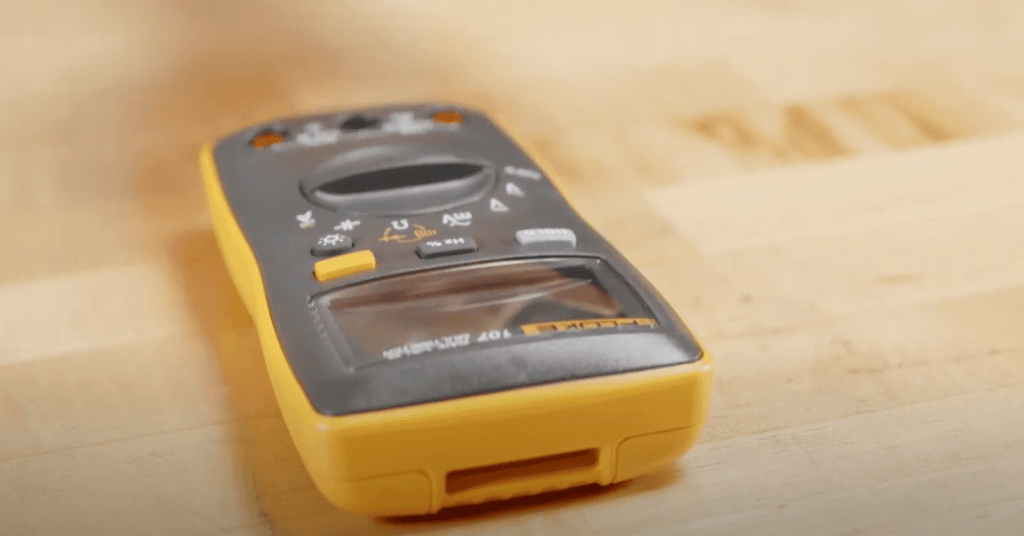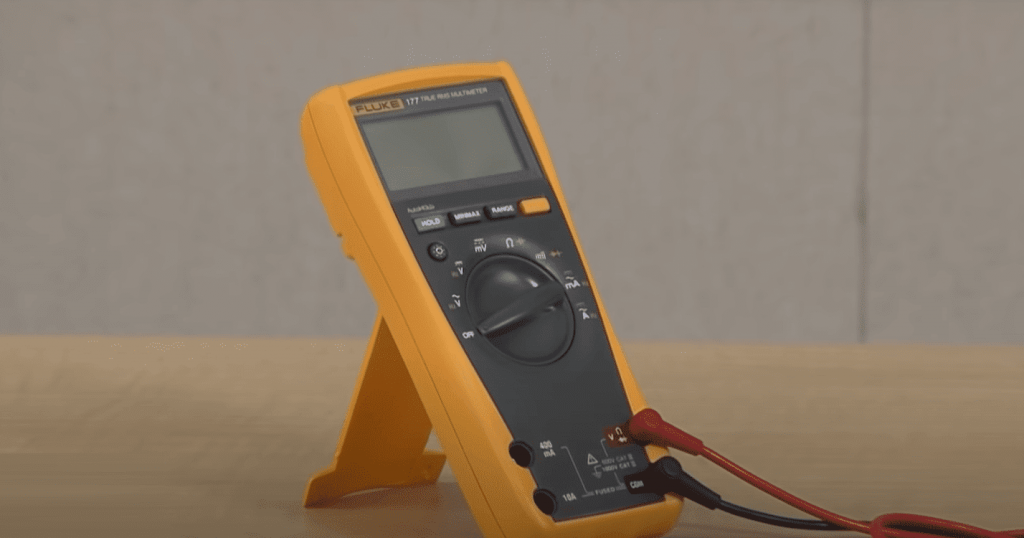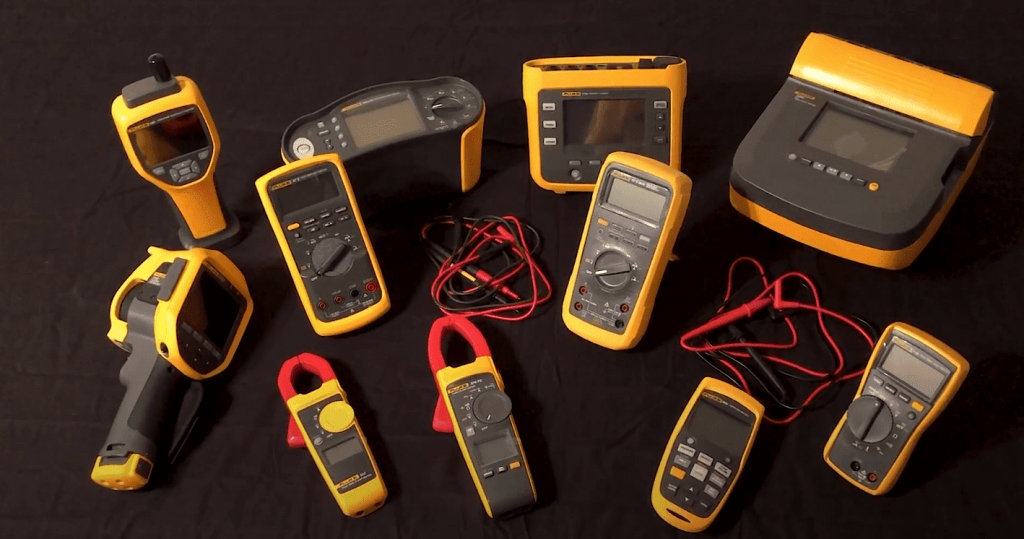A Fluke multimeter is a device that measures electric current, voltage, and resistance. These meters are used in many industries to measure the electrical current in wires and equipment.
Multimeter maintenance is a necessary task for these devices because they are exposed to dust and other particles that can interfere with their readings. Cleaning these meters can ensure that they continue operating efficiently.
Fluke multimeters are widely used in homes and businesses all over the world. They have been the standard for decades because of their reliability, accuracy, and ease of use.
What Tools Are Used for Fluke Meter Cleaning?
Fluke multimeters are used in various industries and settings, but they can also be damaged by exposure to chemicals. As such, it is important to clean them regularly.
The following tools are commonly used for cleaning Fluke multimeters:
- Q-tips
- toothbrush
- cotton swabs
It is important to remember that these are electrical devices and should be taken care of properly.
How Often Should You Clean Your Fluke Multimeter & How Do You Do It?
The proper way to clean a Fluke multimeter is by using a cotton swab, or soft cloth dipped in rubbing alcohol. You should clean the meter after each use or after every few uses if you see dirt or debris on it. This will ensure that your meter stays accurate and safe for use.

Fluke multimeters are not always easy to clean because they have different parts that require different materials for cleaning them. It is important to know how often you should clean your device so you can maintain its accuracy and safety.
Tips for Cleaning a Fluke Multimeter
The following are some useful tips to clean a Fluke multimeter and how to follow the cleaning instructions.
- To start, you can use a toothbrush to clean the multimeter’s control panel. It would be best if you also were careful not to use harsh chemicals or abrasive materials that might damage it.
- You can also use a vacuum cleaner with soft bristles on the nozzle in order to remove dust from the multimeter’s control panel.
- You should never submerge your multimeter in water in order to clean it because this could cause permanent damage.
- If the multimeter has a battery compartment, you should use warm water with soap to clean it and then dry it off in order to avoid corrosion.
- You can also use a moist cloth that has been wrung out to wipe down the multimeter’s control panel.
How to Troubleshoot a Fluke Multimeter?
The first step to troubleshooting a Fluke multimeter is to ensure that the device has been turned off. If the device is still on, then it will not work properly. Next, you should check the battery status of your Fluke multimeter by pressing and holding the button on top of the device for a few seconds until you hear a tone.

If your battery status is good, then you should check your wiring connections using an ohmmeter or voltmeter to see if there are any problems with wires or other parts of the circuit. If there are no wiring problems, you should test for power by plugging the device into an outlet.
If your Fluke multimeter is still not working, then you should check to see if a fuse has blown. To do this, open the battery compartment of your multimeter and unplug the power cord from the back of it while holding down on both ends of the power cable until you feel a click.
FAQ
How do you remove Sharpie from the Fluke multimeter?
Sharpie is a permanent marker that is used to write on electronic devices like the Fluke multimeter. However, removing the marker from the device can be difficult without damaging it.
If you want to remove a Sharpie from a Fluke multimeter, you should use hydrogen peroxide and baking soda. This will break down the ink molecules and make them easier to remove. You should also avoid using rubbing alcohol or acetone as these will break down the plastic casing on the meter and cause damage.
How long does a Fluke multimeter last?
The lifespan of a Fluke multimeter depends on usage, environmental factors, and frequency of use.
How do you clean a voltage tester?
You can clean a voltage tester by using a damp cloth or paper towel. You should also keep it away from water and other liquids.
How often should I clean a Fluke multimeter?
The question should be, how often should you clean your Fluke multimeter? There are two schools of thought on this topic – weekly and monthly. Some people believe that you should clean your Fluke meter every week, while others believe that it’s good enough to do it once a month.
Is it worth cleaning a budget multimeter?
DIY enthusiasts often use budget multimeters to measure voltage, current, and resistance. However, they can be quite dirty and difficult to clean.
Some people say that it is worth cleaning the budget multimeter, but others argue that it is not worth the effort. It all depends on how you use your budget multimeter and what kind of environmental conditions it is exposed to.
How do you store a Fluke multimeter?
To store a Fluke multimeter, you should make sure that it is in a dry place to avoid any damage. You can also put it in its original packaging if you have one. Otherwise, you can use a small plastic bag or foam to protect it from dust and moisture.
Related Video: How to Clean Your Fluke Multimeter | Work Safety: Proper Tool Cleaning and Disinfection
Conclusion
This article concludes that the best way to keep your Fluke multimeter in good shape is to take care of it. If you take care of your meter, it will last for a long time without any problems. Thanks for reading!
More articles about multimeters here:







